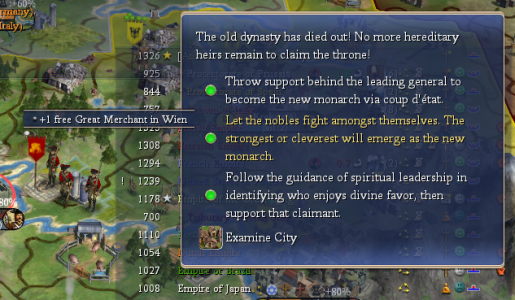As I’ve imagined, boarding was also the main naval tactic for most seafaring peoples precisely because it was hard to sink enemies before modern naval guns. Just like their ships in Mediterranean Sea, the Arabic/Islamic naval forces in the Indian Ocean during the Middle Ages often employed devices to prevent boarding parties, which is a strong indicative how common this naval tactic was also in that region.
Going further East, information is more limited in Indian Subcontinent. While Indian maritime history dates to the Harrapan civilization, evidence of true naval warfare (in sense of ship-to-ship combat) is lacking. The Kalinga Kingdom was the dominant sea power during Ancient and Classical eras (even launching military expeditions to modern Indonesia), but the region’s great naval superpower was the Chola Dynasty during the Middle Ages. Again, there is some controversy about the precise forms of naval warfare, and the Cholas doesn’t seem to have developed specialized warships (even about their regular ships information is scant), but it seems that they also relied on boarding tactics against their enemies, which included the mentioned Arabic fleets.
In Southeast Asia we had many thalassocracies such as the Srivijaya, Majapahit empires, and the successor Malay and Javanese Sultanates, naval warfare was crucial for maintaining their domains. There is a long list of ships and warships that included galleys and larger seagoing vessels, but again information about ship-to-ship combat is less common, specially before the adoption of gunpower weapons. Either way, boarding seems to have been a common tactic, even after naval cannons were deployed, particularly among the local powers. When European powers (notably the Portuguese and the Dutch) arrived, they often captured enemy ships in hoping to gain their precious cargos; the natives responded regularly mounted surprise boarding attacks with small ships, however it was unusual that they were able to capture European vessels, often preferring to kill the crew and burn the ship. Further East, among Polynesian peoples, naval battles seem to have been uncommon because
Wakas and outrigger boats were too fast, mobile, and small for being suitable for boarding tactics or other ship-to-ship combat.
In East Asia, however, we have much more information about their navies and naval tactics. We have accounts about naval battles since the Warring States period, but it was the Han Dynasty that established the first independent navy in China, whose warships were divided into ramming-specialized ships (called
spear ships or earlier as
stomach striker) and regular ones, but the main naval tactic was still boarding with specialized corps (marines) that captured enemy vessels, though Chinese naval warfare also featured commonly the use of fire ships that had a remarkable success (such as in the famous
Battle of Red Cliffs). During much of Middle Ages, one of the most important Chinese warships were the
Tower Ships (
Louchuan), which were designed to boarding and siege actions, and the Song Dynasty established a large standing fleet that could field more than 50.000 marines for boarding and amphibious missions. During the Ming, the Chinese naval policy swayed between support and restriction of naval expansion; the famous 14th-15th century
Treasure Ship was armed with several gunpower and incendiary weapons, but soon after the fleet and ship sizes shrank. Nonetheless, boarding was still regarded as a crucial naval tactic, and Chinese victories against the Portuguese in the
Battle of Tunmen and the Dutch in the
Battle of Liaoluo Bay show that.
Similarly, boarding was also an important for the Japanese and Korean naval forces. The Japanese used primarily this naval tactic, both before the adoption of gunpower weapons (as seen in the
Battle of Dan-no-ura) as well after. The famous Korean turtle ship (
Kobukson) was designed with an upper deck covered with metal spikes precisely to deter Japanese boarding parties; the decisive
Battle of Noryang (that put an end in the Japanese invasion of Korea) ended in a desperate melee combat and the capture of many Japanese ships by Korean and Ming forces.


 , +2
, +2 and + 1
and + 1 or something) representing the establishment of the colonial rule and the organization of local people around it. This powerful building, however, would expire relatively early (around late 18th and early 19th century, maybe with Representation or Nationalism techs) and obviously would require Catholicism as state religion and possibly some specific Civic. We could use some art assets available in some Civ Colonization mods, who also have specific mechanics for Jesuitic missions.
or something) representing the establishment of the colonial rule and the organization of local people around it. This powerful building, however, would expire relatively early (around late 18th and early 19th century, maybe with Representation or Nationalism techs) and obviously would require Catholicism as state religion and possibly some specific Civic. We could use some art assets available in some Civ Colonization mods, who also have specific mechanics for Jesuitic missions.
 on Rice, Wheat
on Rice, Wheat , supplies two cities)
, supplies two cities) in order to mitigate the current unhappiness and especially unhealtiness excess in the late game caused by corporations.
in order to mitigate the current unhappiness and especially unhealtiness excess in the late game caused by corporations.